About the MAC Scheme
The Northern Territory’s Motor Accidents Compensation (MAC) Scheme was established in 1979 to provide compensation to victims of road trauma at an affordable cost. It is wholly owned by the Northern Territory Government and was created in response to a crisis in the former compulsory third party (CTP) motor accident insurance scheme. In the 40 years that it has been in operation, it has proven to be an equitable, affordable and sustainable safety-net to people injured on Territory roads.
Why was the MAC Scheme created?
Previously the Territory had a fault-based CTP motor vehicle insurance scheme with private sector insurers.
People were only entitled to compensation if they were able to prove that their motor vehicle accident was caused by someone else’s negligence. Even then, any entitlement to compensation would be reduced by the extent that their own actions were considered to have contributed to the accident. This meant many injured road users were not covered by the Scheme.
Common law or ‘fault-based’ schemes are adversarial in nature with injured people having to retain their own legal advisers at significant cost. This means timeframes before people are paid any compensation are often delayed, in some cases by years.
Although Towards Zero and other road safety initiatives have helped reduce the rate of crashes on Territory roads, we have the highest number of fatalities and serious injuries per capita of any Australian state or territory.
But in the late 1970s it was even worse, and the combination of common law damages payouts and high accident rates meant the CTP insurers were incurring large losses raising the risk of market failure.
A review by the Scheme actuary in 1978 found that premiums were inadequate to meet insurer liabilities. The report noted that premiums may have to increase from $154 to about $250 in 1978 ($1600 in today's money), raising serious questions over premium affordability.
In recognition of the emerging crisis the NT Government commissioned a former Australian Government Actuary, to review the Territory’s CTP insurance arrangements and present proposals for an alternative affordable compensation scheme.
That report became the catalyst for the development of the MAC Scheme as it is today. The report found that the former fault-based common law CTP arrangements were unsatisfactory because:
- They were producing ever increasing premiums, with insurance companies accumulating annual losses raising the risk of market failure.
- Complex, expensive, and delayed court proceedings prolonged the suffering of road trauma victims before receiving benefits.
- Disadvantaged claimants faced well-resourced insurers in adversarial litigation.
- High legal costs, accounting for around 30% of total claims costs, were reflected in the CTP premiums charged to vehicle owners.
- Of the psychological strain on victims during legal proceedings, particularly those without rights to compensation.
- One-time lump sum settlements could become outdated due to inflation or provide more than necessary in the event of the early death of a disabled person.
- The system didn’t provide compensation to accident victims unless they could prove negligence by others for their injuries.
To address these challenges, the new scheme introduced a different approach to motor accident injury compensation, which was based on fairness and equitable access to benefits, regardless of who is at fault in the accident.
The MAC Scheme provides periodic benefits for as long as necessary and reasonable, where our objective is for the timely commencement of benefits to ensure injured people can focus on their return to health, work and independence goals without having to prove someone else was negligent.
The no-fault scheme reduces the need for costly and stressful litigation often seen in common law CTP schemes, making for a more sustainable scheme that can be delivered at an affordable cost for Territory vehicle owners.
Comprehensive and ongoing benefits for those with life-changing injuries receive support for as long as necessary, and in some cases for life.
In the event of a fatality, immediate support is available to the family and financial benefits are available for dependents.

